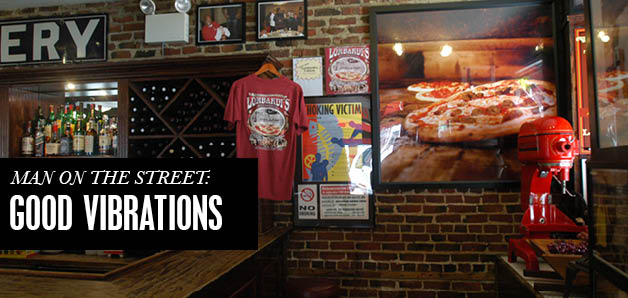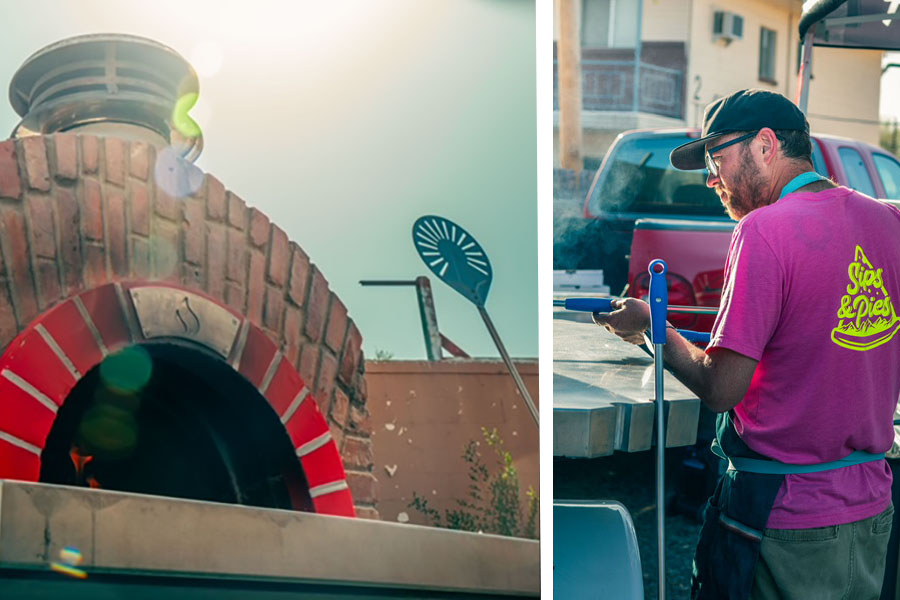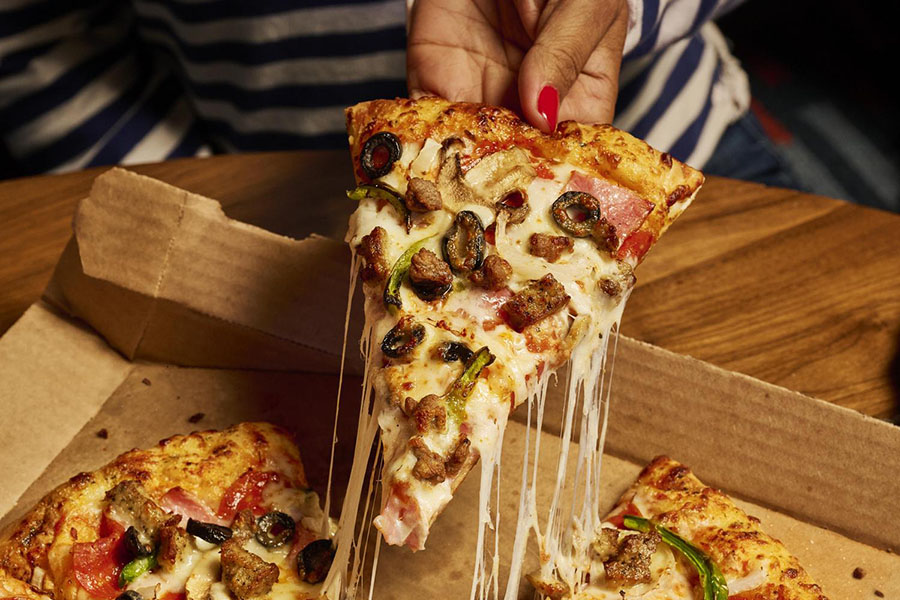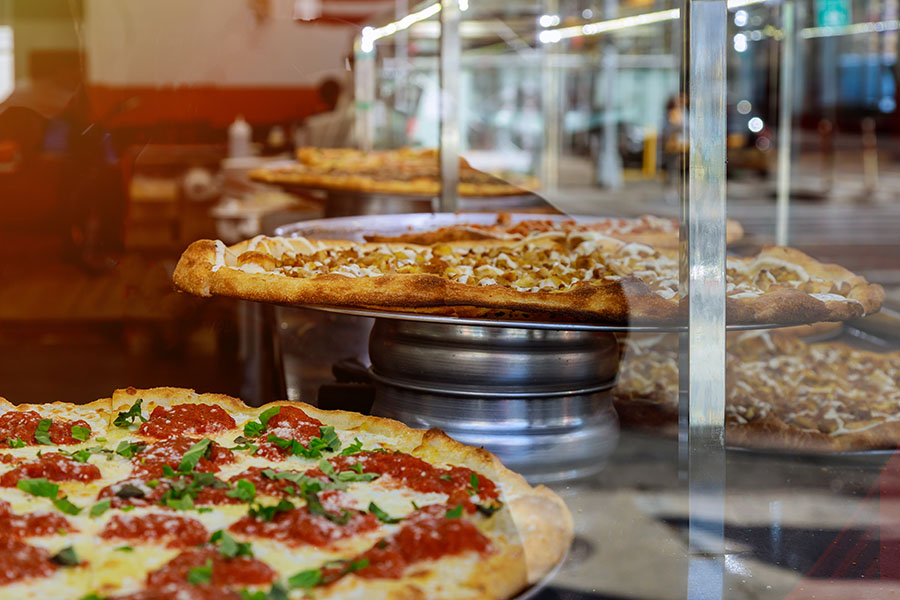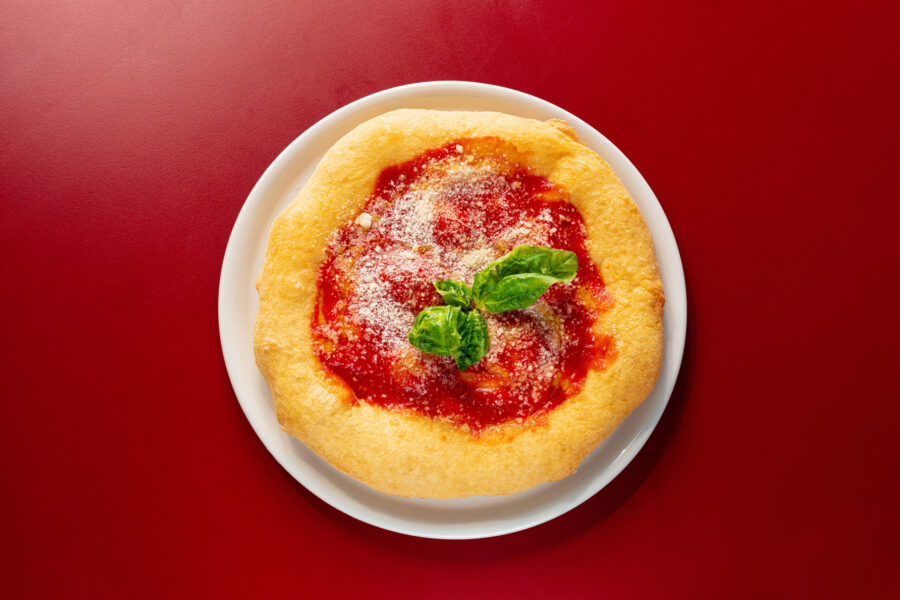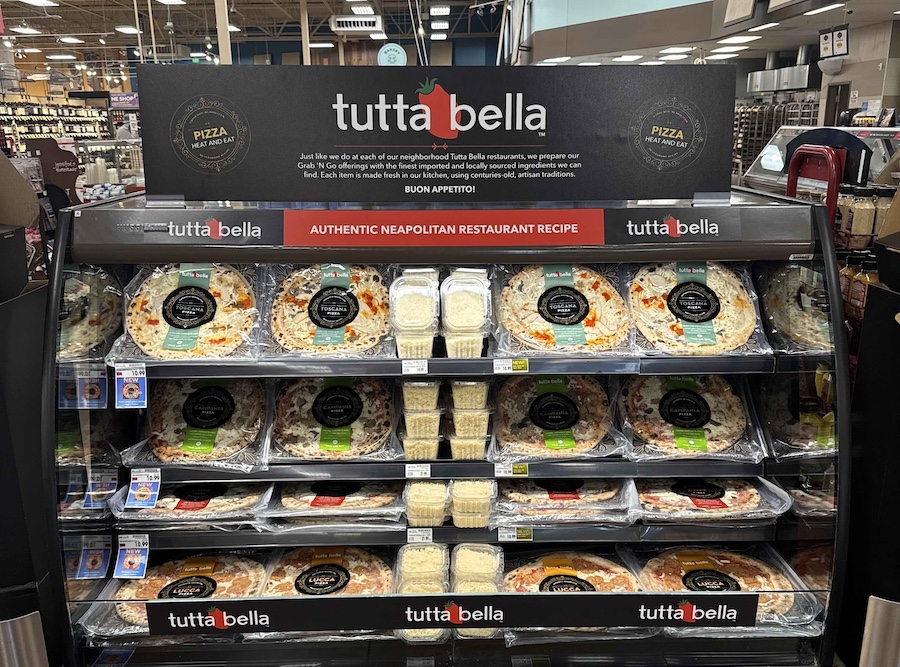
Like it or not, you’re in the DELCO business now. The foreseeable future doesn’t look good for restaurants relying on huge dining rooms. Fortunately the pizza business has been thriving on mobility since the industry’s birth. As profitable as pizza delivery may be, it doesn’t overrule the fact that pizza is an inherently difficult product to transport. Pizza’s two components, the bread base and the toppings, are diametrically opposed in their ability to stay fresh. We don’t want the bread to get soggy but we also want the pizza to stay hot, which is usually achieved by trapping steam that’s harmful to the bread. The result is a soggy slab that tastes like paper. Fortunately there are several solutions.

Scott Wiener
Founder, Scott’s Pizza Tours and SliceOutHunger.org
The ultimate irony of holding a Guinness World Record for largest collection of pizza boxes is that I never eat boxed pizza. Your pizza is most dangerous when it emerges from the oven, spewing steam from both your toppings and your crust. Giving the pie a 20 second rest on a wire rack before hitting the pizza box is a great solution that doesn’t interrupt your flow. I first saw this at Varasano’s Pizza in Atlanta, where they do the same thing to every pizza that emerges from their oven.
The same theory can be applied to your pizza when it’s inside the box. The flat cardboard surface quickly traps steam and degrades the pizza, so creating the wire rack effect inside the box is ideal. One solution comes from India, with a box that uses its own internal corrugation to channel out steam. Another box from Italy has an elevated slotted panel that offers the same effect. You may have seen a series of space age round pizza containers made of compressed fiber particulate, such as those introduced by Zume Pizza and Pizza Hut. (The Internet loves attempts to disrupt the pizza box industry, even if they have yet to catch on.) They all have textured bases with channels and dips to allow for moisture and oil collection.
If you’re not ready to blast into the future of pizza box technology just yet, you can meet your destiny halfway by employing a box insert. Your pizza box supplier probably has corrugated sheets available, which prop up the pie with steam channels below. The sexier option is a textured pizza box insert. They’re manufactured specifically for clean food contact so they provide lift and circulation space for delivery pizzas without contributing the essence of cardboard to your flavor profile.
Perhaps you don’t think your customers will appreciate your efforts in delivering a crispier product, but you can use the opportunity to market the change as a competitive advantage. Dominos’ customers didn’t care that the product they were eating was lackluster, but when the company revised its recipes in 2009 and used it as a marketing advantage, sales jumped up and haven’t settled down since. Brag about how your new technology delivers a better pizza. If you’re concerned about the expense of a fancy pizza box, make it an upgrade so customers can opt in to cover your cost. People like this kind of thing on social media and the press might even pick it up as a story about what local businesses are doing to embrace the changes brought on by COVID. Or you can keep doing what you’ve been doing for decades and wait for the competition to call you out for it. Yikes.
SCOTT WIENER is the founder of Scott’s Pizza Tours in New York City and SliceOutHunger.org Instagram: @scottspizzatours
